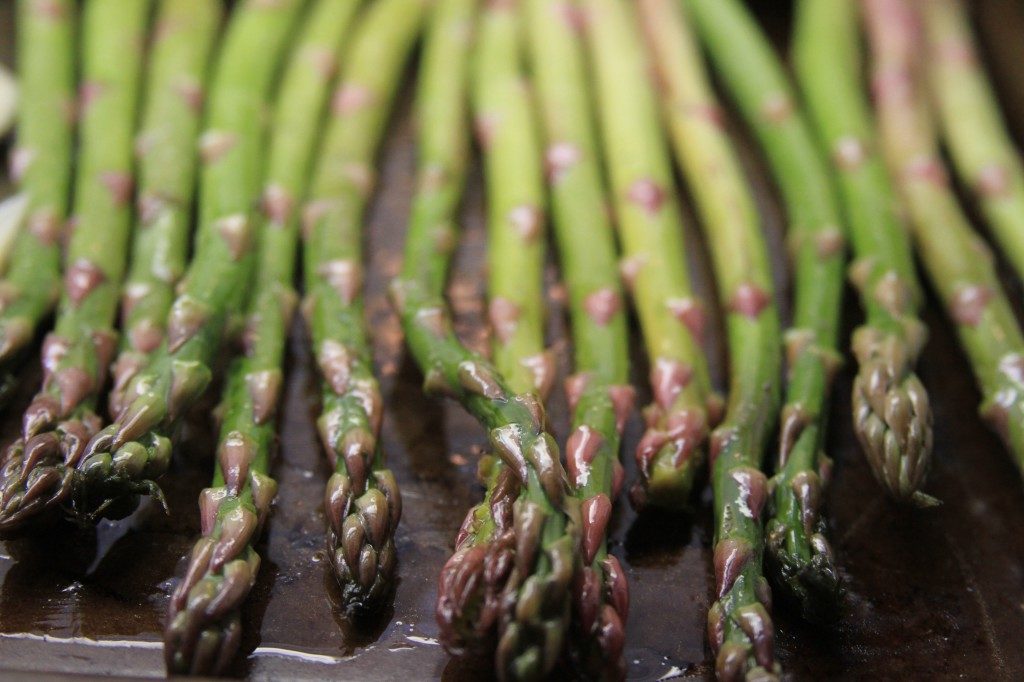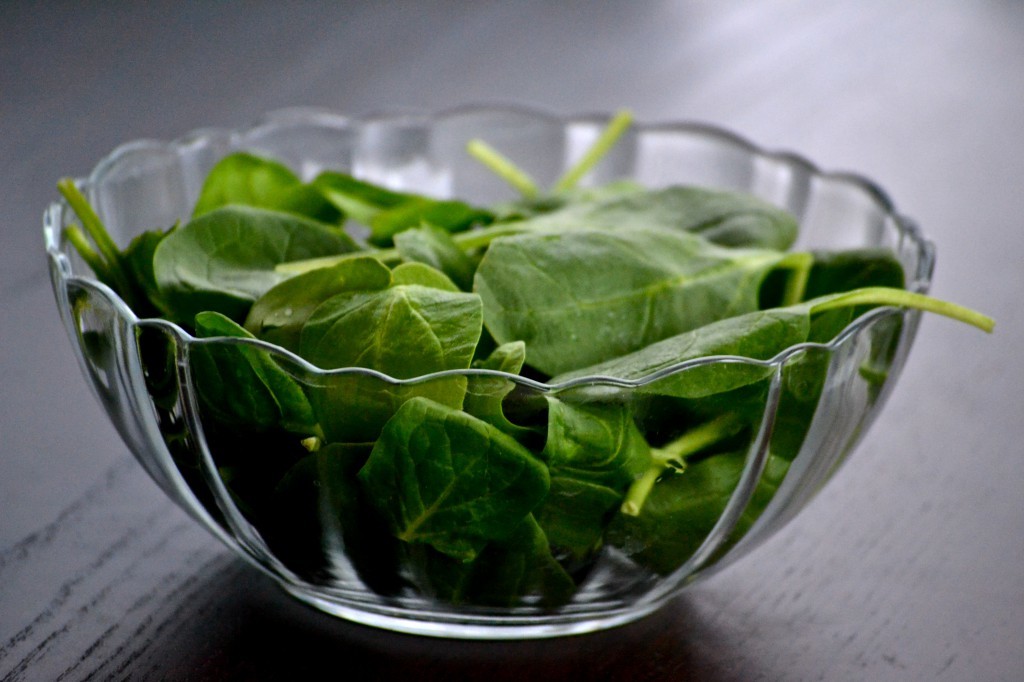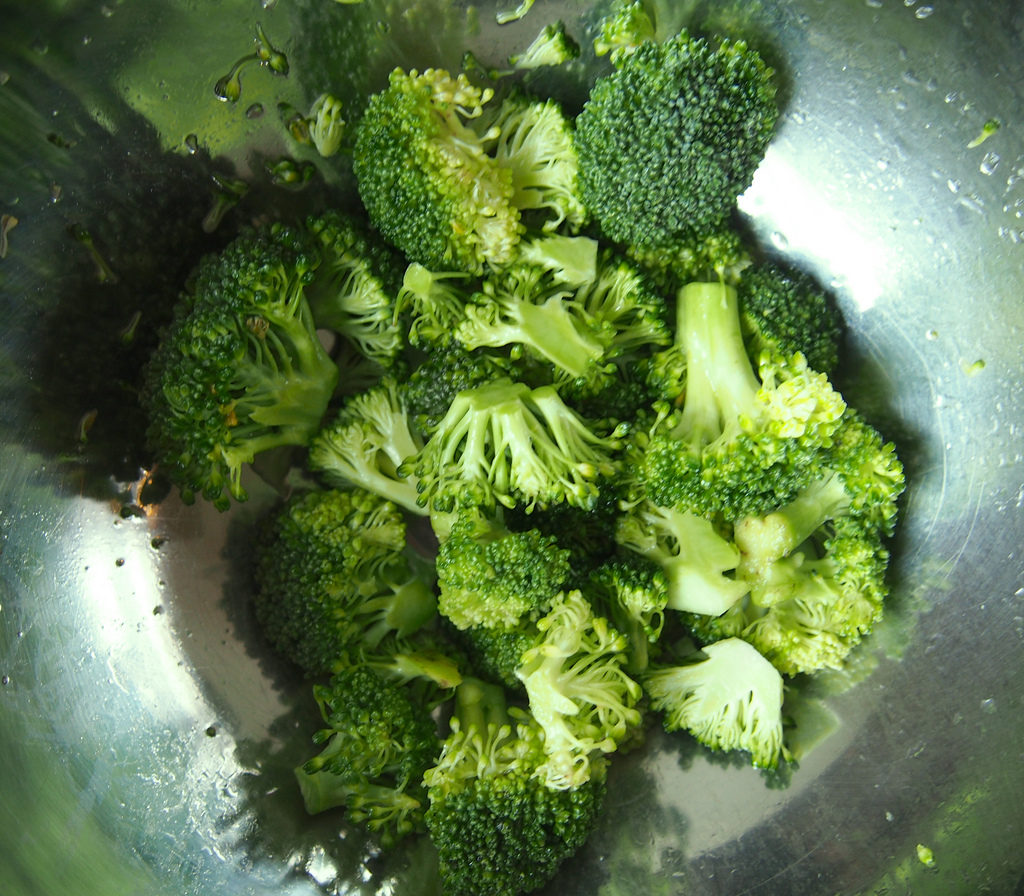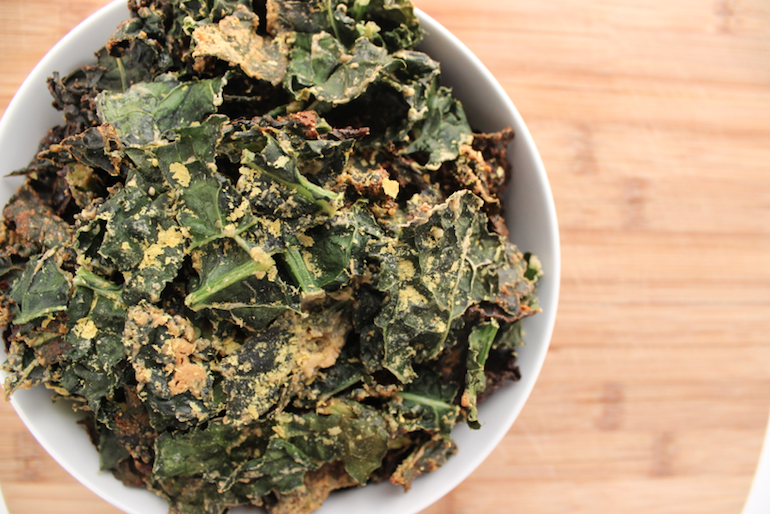If you’ve taken any sort of biology class, you may have heard of a little something called mitochondria, the “power house” of our cells. But have you ever thought what would happen if you didn’t have these little energy makers?
Mitochondrial Disease is known as the “invisible illness” which comes from a lack of mitochondria within cells. As the cells suffer from a lack of energy, those organs begin to fail which affects the body in many different ways.
My 6-year-old brother fights this battle every day with a smile on his face. Since the color of Mito Awareness is green, here are some green foods that benefit the body in many ways. Let’s raise awareness through something we all know how to do, eat.
1. Avocados

Photo by Hannah Lin
Who knew you could make delicious meals and snacks with something that does so much for the body? Avocados provide nourishment and moisturize the skin.
If that wasn’t incentive enough, avocados contain many vitamins and minerals such as fiber, potassium, and vitamin C which helps maintain cholesterol and much more. Incorporate it into your breakfast with these creative recipes.
2. Asparagus

Photo by Maggie Gorman
This delicious side dish offers high levels of folate, fiber, and Vitamin K which helps prevent blood clotting. Another special benefit of this healthy vegetable is it acting as a natural artery-clearing food. If you want to make them taste amazing, try these recipes.
3. Green Tea

Photo by Stephanie Nguyen
Want help with hair loss? Fighting cholesterol for a healthier heart? Or improve dental health with natural fluoride? If you thought “uh yeah” to any of these, then make green tea your new morning drink to kick start your day. If you’re not in the mood for a hot drink, there are other options for getting your green tea intake, like this green tea smoothie.
4. Spinach

Photo courtesy of Neelima Agrawal
Spinach is often a vegetable most people overlook, especially as a child. This leafy green offers an overwhelming amount of lutein and zeaxanthin which are immune-boosting antioxidants. They are also beneficial for eye health and are researched to be a strong cancer-fighting food.
5. Broccoli

Photo by Stephanie Nguyen
With a high amount of Vitamin K and C, this green veggie helps supply necessary bone-building nutrients that positively affect the body. This easy Parmesan roasted broccoli recipe can serve as a simple side dish to any meal.
6. Green Apples

Photo courtesy of mindbodygreen.com
“An apple a day keeps the doctor away,” right? By choosing to snack on green apples, you can consumer large amounts of fiber which helps digestion. Another positive of going green with apples is the antioxidants and carbs it offers that gives you energy.
7. Kale

Photo by Katherine Baker
Although kale’s hype is starting to dwindle, this superfood should still be on your radar. This green food provides plenty of iron, vitamin K, and antioxidants (just look that color). Try these kale chips that taste just like nachos.
Eating these green foods can not only have beneficial impacts on your body, but can also be a way of supporting Mitochondrial Disease. Raising awareness of any issue is crucial to finding a cure and educating others. Eat green, support Mito, support your body.


